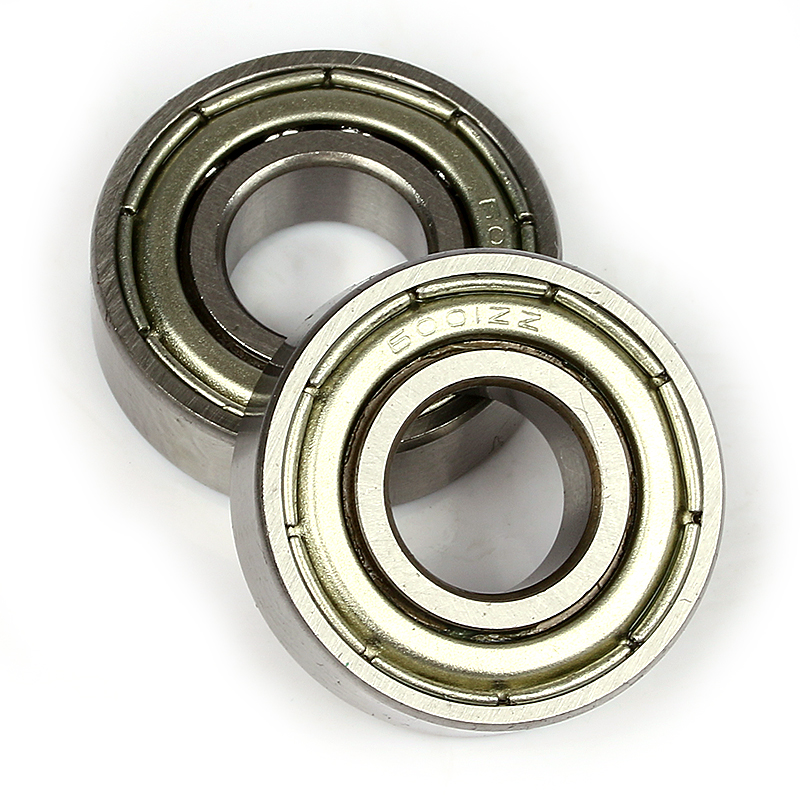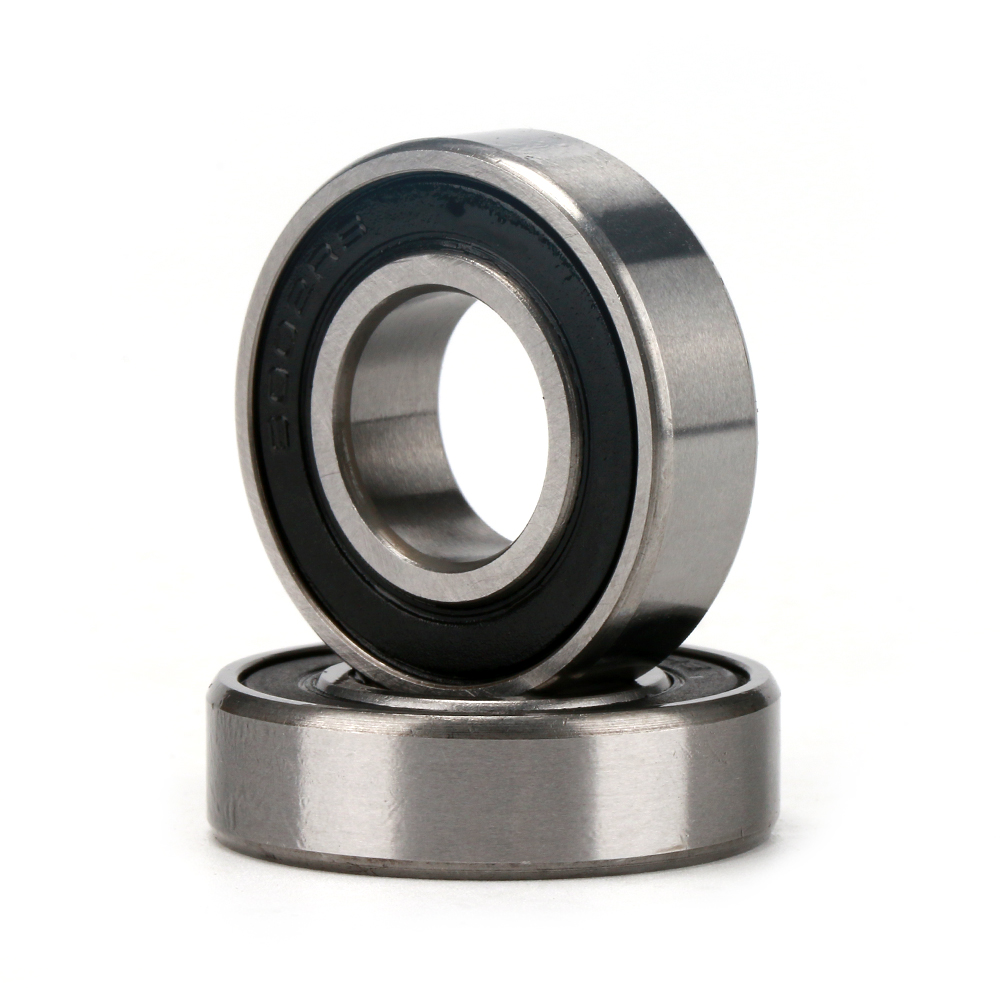
Stainless Steel Bearings Type
Stainless steel bearing Type :
440C stainless steel bearings, 420 stainless steel bearings, 304 stainless steel bearings, 316 stainless steel bearings, 316L stainless steel bearings
440C stainless steel bearings
The bearing ring and rolling material are made of AISI SUS440C stainless steel (domestic grades: 9Cr18Mo, 9Cr18) after vacuum quenching and tempering treatment, and the cage and sealing ring skeleton material are made of AISI304 stainless steel (domestic grade: OCr18Ni9). Compared with ordinary bearing steel, stainless steel bearings have stronger anti-rust and anti-corrosion properties. Choose suitable lubricants, dust caps, etc., which can be used in an environment of -60 ℃ ~ + 300 ℃. Stainless steel deep groove ball bearings can resist corrosion caused by moisture and several other media. This type of single row deep groove ball bearing is similar to the standard deep groove ball bearing made of carbon chromium (rolling bearing) steel. It has a deep bearing raceway groove, and the fit between the bearing raceway and the ball is extremely high. Stainless steel bearings are widely used in food processing, medical equipment, and pharmaceutical machinery due to their high mechanical strength and large load capacity.
420 stainless steel bearings
420 stainless steel, 420 stainless steel is 420 "cutting grade" martensitic steel, similar to the earliest stainless steel such as Brinell high chromium steel. 420 has a certain degree of wear resistance and corrosion resistance, high hardness, and its price is the lower category of stainless steel balls. It is suitable for working environments where stainless steel is generally required. 420 stainless steel is suitable for all kinds of precision machinery, bearings, electrical, equipment, instruments, meters, transportation tools, household appliances, etc. Mostly used to manufacture parts that are resistant to corrosion by the atmosphere, water vapor, water and oxidizing acids.
304 stainless steel bearings
Compared with higher carbon chromium martensitic stainless steel (such as 440C, 420, etc.), austenitic stainless steel has better corrosion resistance and anti-magnetic properties. Austenitic stainless steel bearings are made of AISI SUS316L (316) or SUS304 materials (including inner and outer rings, balls, and cages). Because austenitic stainless steel cannot be hardened as a whole, this bearing is not suitable for larger loads and higher speeds.
316, 316L stainless steel bearings
The corrosion resistance effect is good. Ordinary stainless steel is not resistant to corrosion, and it will be corroded in acid and alkali environments, while 304, 316, and 316L stainless steel can be used in a strong environment. And 316 will not rust under strong acid and alkali corrosion, non-magnetic, generally 440 stainless steel bearing magnetism is very large, it can be used to attract it, but 304, 316, 316L will not, especially 316 Can be completely non-magnetic. The only difference between 316 and 316L stainless steel bearings is that 316L will not rust and corrode in seawater for a long time.


previous :
Plastic Bearing Typenext :
What Are Ceramic Bearings?copyright © 2021 ZZ Bearing (Shanghai) Co., Ltd... | Bearing | Bearing | Special Bearings | Deep Groove Ball Bearing
Wechat Public Number
